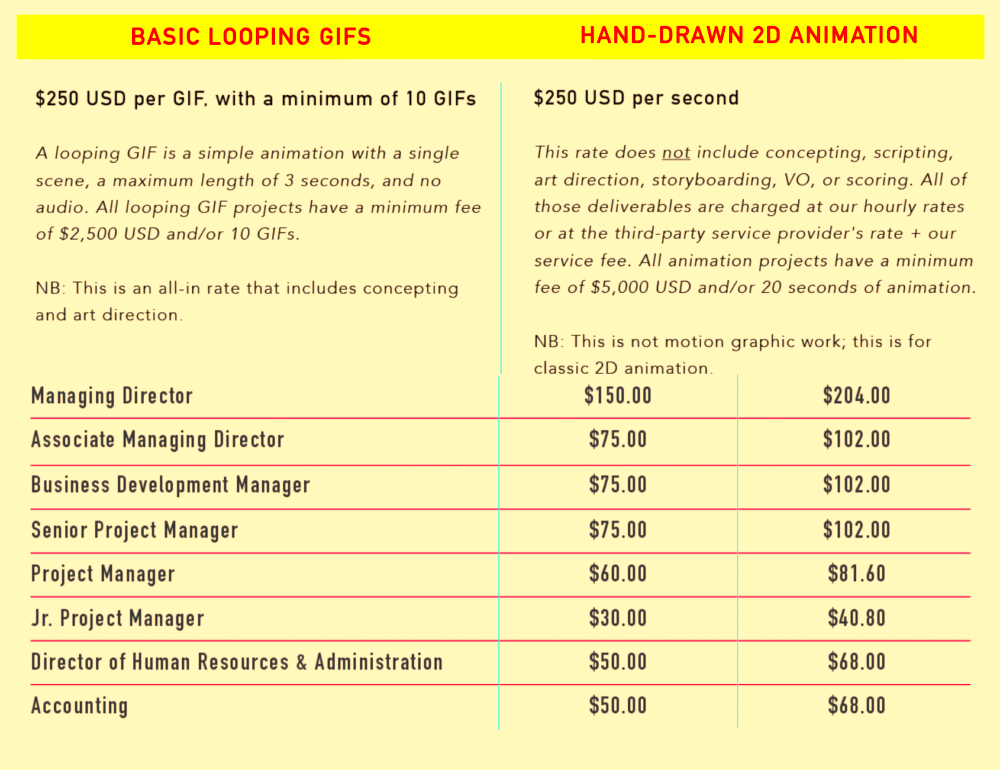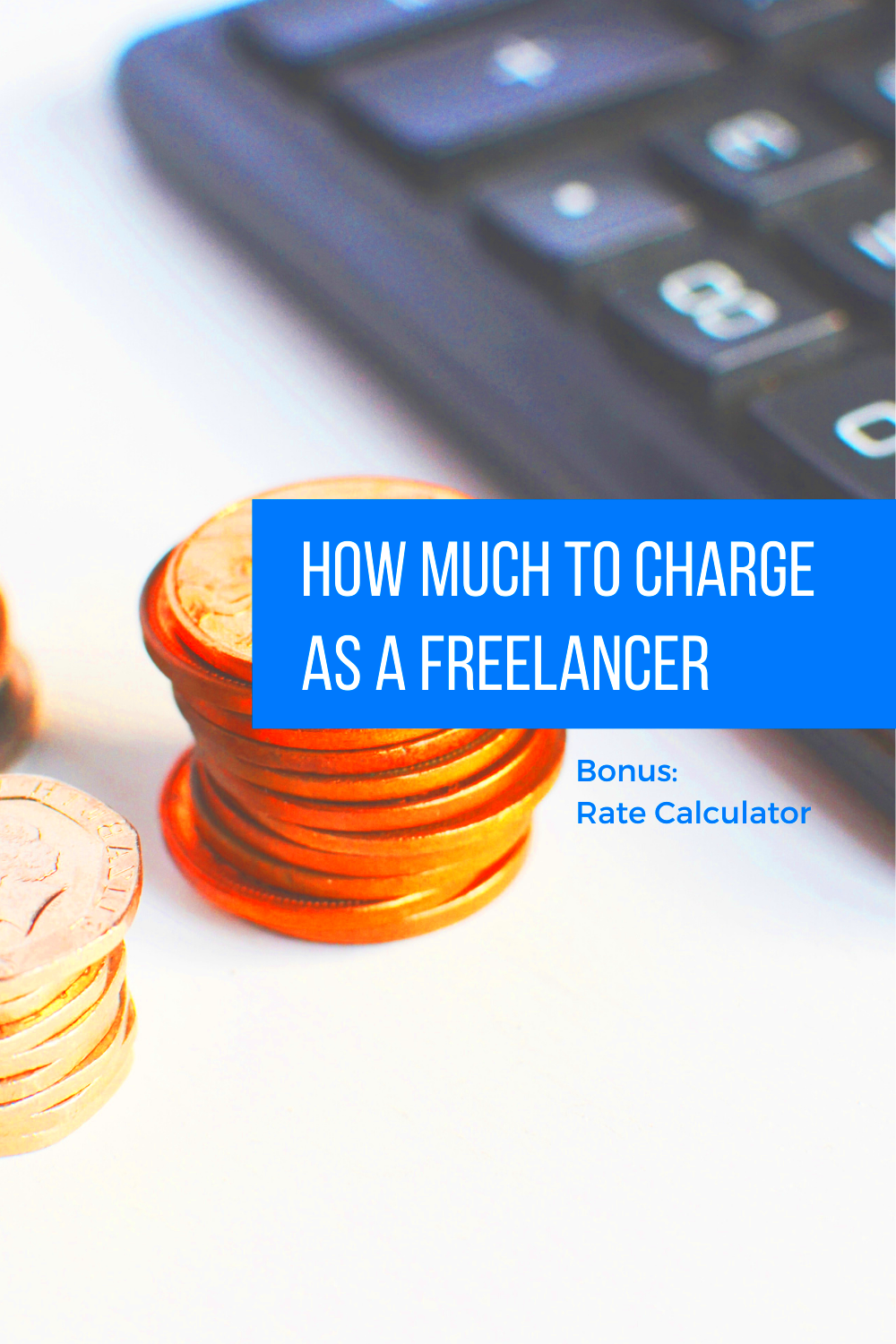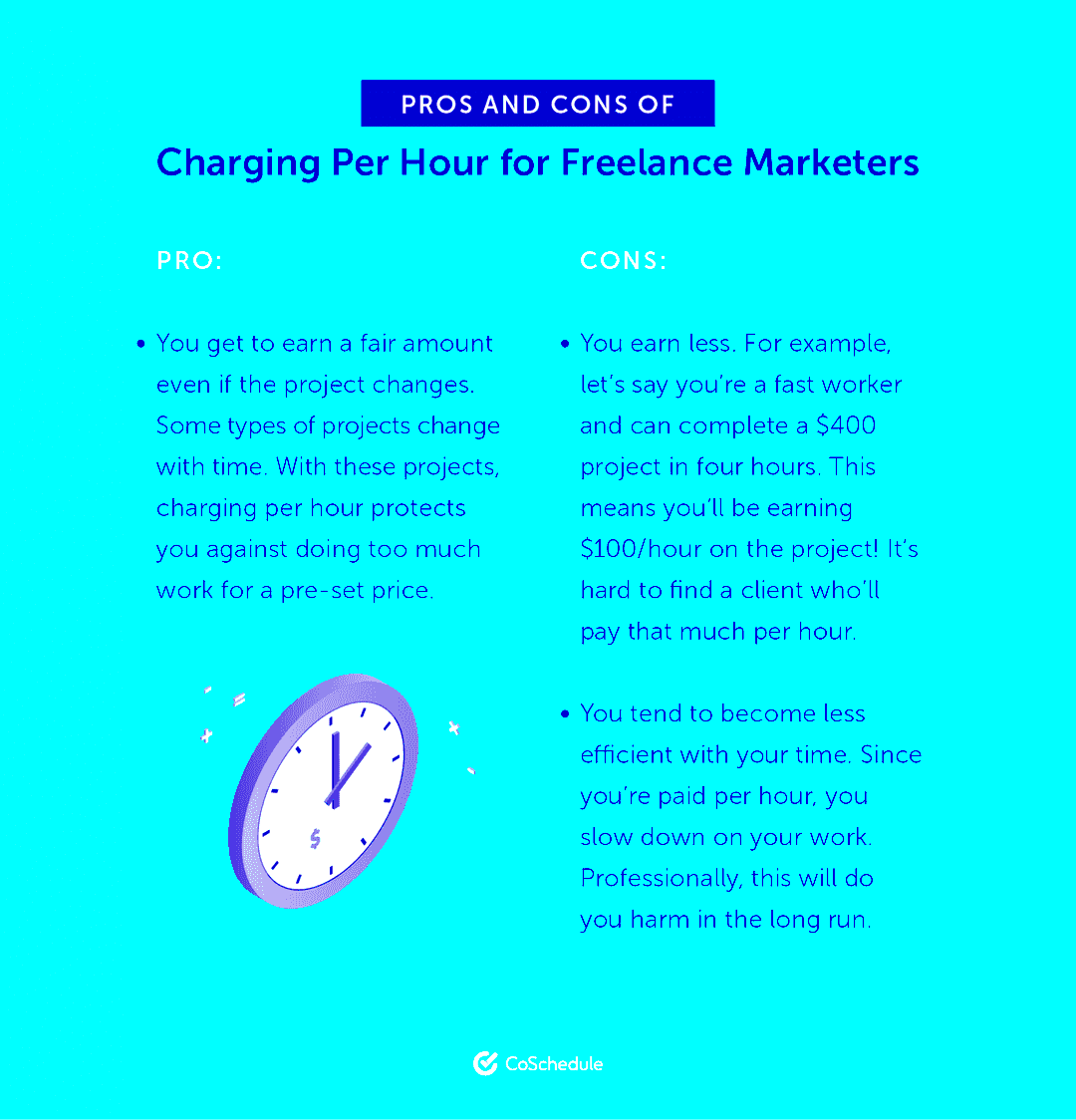Setting the right rate for freelance marketing services is crucial for both new and experienced freelancers. It can be challenging to determine how much to charge, especially when you are trying to balance competitive pricing with ensuring that your time and expertise are properly valued. Understanding the key factors that influence rates can help you make informed decisions about your pricing strategy. In this section, we will explore the elements that impact freelance marketing rates and how to find the sweet spot for your services.
Factors That Influence Freelance Marketing Pricing

Several factors come into play when setting your freelance marketing rates. These factors vary from your level of expertise to the type of services you offer. Below are some important elements to consider:
- Market Demand: The demand for specific marketing services can greatly affect pricing. For instance, if there’s high demand for social media management, rates for that service might be higher.
- Client Budget: The budget a client has for marketing services can impact your rates. Large businesses usually have bigger budgets than small startups.
- Scope of the Project: More complex projects that require a lot of research, strategy, and time will generally cost more.
- Geographical Location: Rates can differ depending on the location, with clients in higher-income areas often willing to pay more.
- Competition: Your competitors’ rates will also impact your pricing. It’s important to know what others are charging for similar services in your niche.
Also Read This: How to Delete a Posted Request on Fiverr
How Experience and Expertise Affect Pricing

Your experience and expertise play a significant role in determining your freelance marketing rates. Clients are often willing to pay more for someone who brings a wealth of knowledge and a proven track record. Here's how experience can impact your rates:
- Beginner: If you're just starting out, your rates may be lower to attract clients and build a portfolio. As you gain experience and results, you can gradually raise your rates.
- Intermediate: After a few years of experience, you can charge more because you have a deeper understanding of the market, tools, and strategies.
- Expert: Highly experienced freelancers who have specialized knowledge or a unique skill set can charge premium rates. Clients recognize the value of working with an expert who can deliver better results.
Keep in mind, expertise is not just about years of experience. It also involves staying updated with the latest marketing trends, mastering new tools, and constantly improving your skills.
Also Read This: How to Get Money Out of Your Fiverr Account
Understanding Market Demand and Client Budget

Market demand and a client’s budget are two key factors that will impact the pricing of your freelance marketing services. The demand for a specific marketing service can vary depending on trends, industry needs, and client expectations. It’s important to understand what services are in high demand and how much clients are willing to pay. Let's break it down:
- High-Demand Services: Services like SEO, social media marketing, and content creation are often in high demand due to their ability to generate results for businesses. As a result, you might be able to charge more for these services.
- Emerging Trends: New marketing trends, such as AI-driven marketing or influencer collaborations, can lead to an increase in pricing for services associated with those trends.
- Client’s Budget: The budget a client has often determines what services they can afford. Larger companies with more money to invest in marketing may expect a higher level of expertise, while smaller businesses may have limited budgets and expect more cost-effective services.
Understanding the gap between what you offer and what the client can afford is important for adjusting your rates to fit their needs while maintaining the value of your work.
Also Read This: How to Delete a Message in Fiverr: A Step-by-Step Guide
How to Set Competitive Rates in the Freelance Marketing Industry

Setting competitive rates is an essential part of succeeding as a freelance marketer. If your rates are too high, you might scare off potential clients, but if they’re too low, you risk undervaluing your skills and expertise. Here’s how to find a balance:
- Research Your Competitors: Look at what other freelance marketers in your niche are charging. This will give you a good starting point for setting your rates. Don’t just copy their prices, though—take into account your experience and expertise.
- Consider Your Experience: As you build your portfolio, you can gradually increase your rates. Clients will be willing to pay more for someone with proven experience and a track record of success.
- Offer Different Packages: Create packages at different price points to appeal to a wider range of clients. For example, offer a basic package for smaller budgets and a premium package with more extensive services.
- Be Transparent: Always be clear about your pricing. This will help you build trust with potential clients and avoid confusion down the line.
By being strategic and transparent with your rates, you can ensure you stay competitive while also getting paid what you're worth.
Also Read This: How Many Gigs Can You Create on Fiverr?
Common Pricing Structures in Freelance Marketing
There are several pricing structures that freelancers use in the marketing industry. The right structure for you will depend on your services, client preferences, and the scope of the project. Here are the most common pricing models:
| Pricing Structure | Description |
|---|---|
| Hourly Rate | This is one of the most common pricing models. You charge clients based on the amount of time you spend working on their projects. This structure works well for tasks like consulting, content writing, and social media management. |
| Project-Based Pricing | For well-defined projects, freelancers often use project-based pricing. You provide a fixed price for the entire project, which is beneficial for clients who prefer knowing the cost upfront. |
| Retainer Model | A retainer agreement means the client pays you a set fee each month for a certain number of hours or services. This works well for ongoing work such as monthly social media management or continuous SEO optimization. |
| Value-Based Pricing | With value-based pricing, you set your rate based on the value you’re providing to the client. If your work is expected to generate significant revenue or return on investment (ROI) for the client, you can price your services accordingly. |
Each pricing structure has its advantages. Choose the one that fits best with your business model and the types of clients you serve. Also, keep in mind that your pricing structure can evolve as your business grows.
Also Read This: How to Email Fiverr Customer Support
Tips for Adjusting Your Rates Over Time
As you gain more experience and build a stronger portfolio, it’s important to adjust your freelance marketing rates. If you continue to charge the same rate for years, you risk undervaluing your skills and missing out on higher-paying opportunities. Here are some tips to help you adjust your rates over time:
- Reassess Your Skills: As your expertise grows, you can justify higher rates. Regularly review the skills you’ve acquired and how they enhance the value you offer to clients.
- Factor in Inflation: The cost of living increases over time, and your rates should reflect that. A simple annual increase to keep pace with inflation is a common practice.
- Review Market Trends: Stay updated on the current market rates for freelance marketing services. If demand for a particular service rises, it’s a good time to consider raising your rates for that service.
- Adjust Based on Client Feedback: If clients consistently provide positive feedback and refer others to you, this is a sign you may be underpricing your services. Consider raising your rates accordingly.
- Offer Value-Added Services: Adding more value to your services, such as providing additional strategy sessions or reporting, can justify a rate increase without scaring off clients.
Raising your rates should be done strategically and with communication. Be transparent with clients and let them know why your rates are increasing, whether it’s due to your expertise or inflation. This can help prevent any surprises and keep client relationships strong.
Also Read This: How to Make a Custom Offer on Fiverr
FAQ: Common Questions About Freelance Marketing Pricing
Freelance marketing pricing can be a tricky topic for both new and experienced marketers. Here are some common questions clients and freelancers have about rates:
- How do I know if my rates are too high or too low?
You can compare your rates to industry standards, consider your level of experience, and look at what competitors are charging. If you’re getting consistent inquiries and your clients are happy with your work, your rates are likely fair. - Should I charge clients differently based on the type of project?
Yes, you may want to charge differently for larger, more complex projects or ongoing contracts compared to smaller, one-time tasks. This helps ensure you’re compensated fairly for the level of work involved. - How do I handle clients with limited budgets?
For clients with lower budgets, consider offering different service packages at varying price points. This can help you still secure business while meeting their budget constraints. - What should I do if a client asks for a discount?
Be careful when offering discounts. Instead, you can offer additional services within the original rate, such as extra revisions or follow-up support, rather than lowering your rate. - Is it okay to raise my rates for existing clients?
Yes, it’s common to raise rates over time. If you’ve been working with a client for a while, explain the reasons behind your rate increase and offer value for the higher price. Many clients will understand and appreciate the transparency.
Conclusion: Finding the Right Freelance Marketing Rate for You
Finding the right freelance marketing rate involves balancing your experience, market demand, and client budget. It’s important to start with a reasonable rate, adjust as your expertise grows, and be open to revising your rates based on changing trends and needs. Here are a few final thoughts on setting your rate:
- Know Your Value: Recognize the unique skills and expertise you bring to the table. Don’t be afraid to charge what you’re worth.
- Adapt to the Market: Stay flexible and adjust your rates as the market and your business evolve. What works today might not work tomorrow, so keep an eye on trends and client feedback.
- Communicate Clearly: Always communicate your rates and any changes clearly with your clients. Transparency builds trust and helps you avoid misunderstandings.
Ultimately, finding the right rate for your freelance marketing services is a continuous process. With time, experience, and a bit of trial and error, you’ll settle into a pricing structure that works for both you and your clients.




